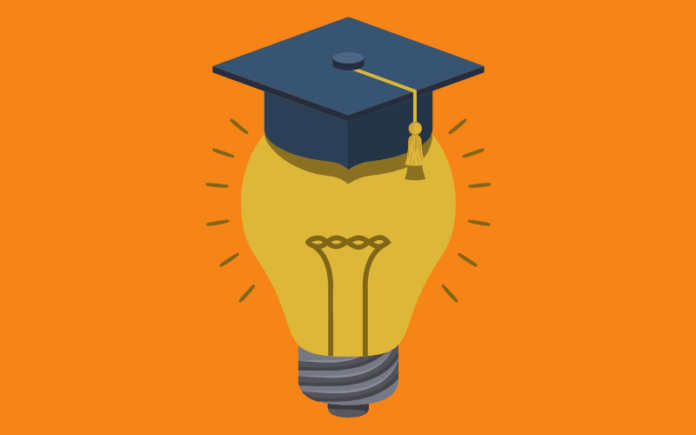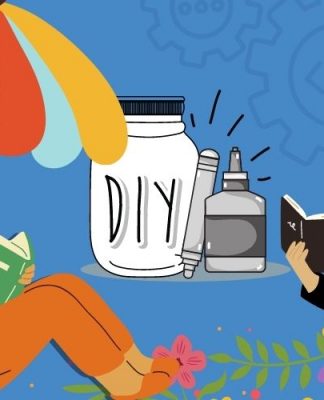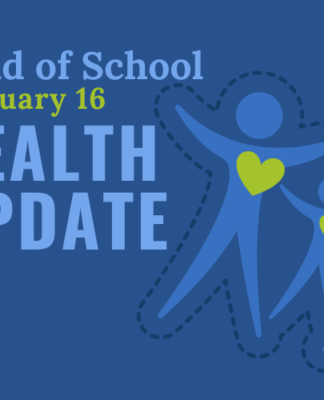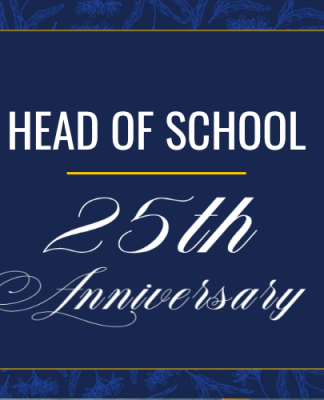SSIS High School Course Selection Guide
In this eNews article, High School students and parents can find valuable insights to selecting courses. Begin by viewing the video and then read the FAQ below. You can also download the FAQ from the link above if that is more convenient for you.
AP, IBDP, and SSIS Curriculum Options
Frequently Asked Questions
How do we as parents support our children as they make their decision about curriculum options?
Parents responded…
- Know your child and their strengths as well as interests. Help them to make a choice that will allow them to maintain balance and continue the things that are important to them.
- Read the Program of Studies document to understand the AP and IBDP options as well as the different classes available in each of the curriculums.
Why did you ultimately choose the curriculum you did? (AP or IB)
Students responded…
- The IB program is well-rounded. A student takes classes from the six subject areas and completes additional studies in the areas of Extended Essay (EE), Theory of Knowledge (TOK), and Creativity, Activity and Service (CAS). CAS allows students to continue on with their regular co-curricular activities and engage in community service.
- The AP curriculum offers students great depth of study but in a year-long format. Each AP course is one year long, so this allows students to take a variety of courses and explore different subject areas over the course of their high school career.
How do I determine which AP courses to choose?
Student responded…
- The AP is not a program so there are no programmatic requirements. This allows students to choose courses based on their interests. A student who does not enjoy math, for example, does not have to take math in both grades 11 and 12. So long as they are meeting SSIS graduation requirements, they are free to choose the courses that interest them.
How do I determine my IB course combination?
Student responded…
- The IBDP is more structured and requires students to take courses from six different subject areas. That being said, SSIS offers a great range of options for students to choose from, so they can still pursue their interests and explore new areas.
What are the benefits of choosing an arts course in the AP? In the IB?
Teachers responded…
- The arts offer students something different from their other academic courses. This is most notable in the final assessment in the form of a portfolio rather than a written examination. Continued study of the arts also allows students to pursue their interests and grow their talents.
- Studying a fine arts course demonstrates to a university that the student has great breadth across the subjects they choose to study. Beyond this, the fine arts, and theater in particular, encourage students to grow as leaders and collaborators. These are life skills that will serve students throughout life.
Will there be additional AP and IB course offerings next year?
AP Coordinator responded…
- As a high school, we are abreast of the latest developments in our curriculums. We are committed to offering a diverse range of course options to meet our students’ interests. The offerings that actually run in a school year are based upon students’ requests. Refer to the program of studies for what will be offered next year.
Why is there a limit on AP courses (3) when the full IB Diploma is 6 courses plus the core?
AP Coordinator responded…
- The IBDP is a complete program with built-in structures to ensure balance across the entire program. The fact that students identify three courses to take at the higher level (HL) and then three courses at the standard level (SL) assists students with time management. Students are also supported through the Core class which allows them to devote time towards the completion of TOK, the EE, and CAS within the school day.
- The AP curriculum option offers students a range of individual courses that span the course of one year. These courses are college-level in terms of challenge. Due to the lack of systems built-in to AP courses to ensure balance for the student, SSIS has implemented structures to help our students achieve a balanced schedule of AP courses each year.
What were some of the challenges you faced in your choice of curriculum? How did you adjust to these challenges?
Students responded…
- AP courses are fast-paced and consist of great breadth and depth. To cope with this, teachers are available for office hours on a regular basis. This time allows students to ask questions and get help from the teacher on things specific to their learning.
- AP courses cover a wide range of material. This is so much so, that a great deal of responsibility resides with the student. It is essential to complete the reading and preparation assigned by the teacher. Without doing this, students fall behind and are unable to keep up in class. Stay organized and on top of assignments.
- The IBDP consists of many tasks to be completed like the Internal Assessments (IAs), External Assessments, Extended Essay (EE), and Creativity, Activity and Service (CAS). In order to complete all of these tasks, it is essential to stay organized and manage one’s time. The teachers and IB Coordinator are very helpful in developing strategies for managing time and staying organized.
From your point of view, what has been the greatest benefit for your child in their curriculum choice?
Parents responded…
- The AP curricular option allows great flexibility and enables students to manage their academic life with co-curricular activities.
- The IBDP helps students to develop important life skills like critical thinking and time management due to the scope and requirements of the program.
What is the timeline for IB course registration?
IB Coordinator responded…
- Course selection begins in January with advising of students about curricular options, course options by grade level, and by department. If students opt to pursue the full IBDP, they will consider the courses they would like to take to fulfill the requirements of the program. They will meet with the IB Coordinator to confirm that their selections meet the requirements of the IB. With this confirmation, they will then be added to the IB Core Class (a course designed to support students through the EE, TOK and CAS components of the program). This course is required for all students pursuing the full DP. Students will then enter the remaining courses they will take to satisfy the full DP.
If a student does the IBDP, must they still sit the SAT?
University Counselor responded…
- This is dependent upon the university of interest. Please look on the university’s website for information on the items they require to be considered for admission.
Is there a chance for students to switch curricular paths midway through the course or program?
University Counselor and IB Coordinator responded…
- As a school, we encourage students to follow through on their commitment. This means a great deal to universities and demonstrates determination and grit. From time to time there are exceptional circumstances that are beyond the control of the student. In these cases, we provide a great deal of support and assistance. If the student is still not meeting with success, we work to determine a solution.
- Due to program requirements, it is not possible to switch to the IBDP in grade 12. This is a two-year program that must start in grade 11 and be completed in grade 12. All classes run for the full two years.

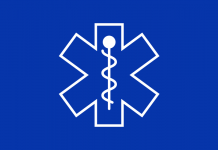
![[AS] Welcome New Faculty, 2023-2024 (May 2023) Head of School Letter header](https://enews.ssis.edu.vn/wp-content/uploads/2022/08/HOS-Letter-SY22-23-218x150.png)
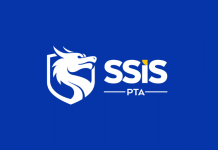
![[AS] Award-Winning Author Minh Lê Visits SSIS!](https://enews.ssis.edu.vn/wp-content/uploads/2023/04/Minh-Le-218x150.jpg)
![[AS] Annual Community Survey](https://enews.ssis.edu.vn/wp-content/uploads/2022/03/2022-Community-Survey-218x150.jpg)
![[ES] Classroom Placement, 2023-2024 – Opportunity for Parent Input elementary school general graphic](https://enews.ssis.edu.vn/wp-content/uploads/2022/07/ES-eNews-Cover-218x150.png)

![[G6-8] Important End-of-Year Events and Dates](https://enews.ssis.edu.vn/wp-content/uploads/2022/07/MS-eNews-Cover-218x150.png)


![[G9-11] Invitation to University Application Policies and Procedures, Wednesday, 8:00 am](https://enews.ssis.edu.vn/wp-content/uploads/2020/10/University-Application-Process-218x150.jpg)
![[G12] US Student Visa: US Consulate to Provide Information, Monday, May 8, 6:00 – 7:30 pm HS eNews Cover](https://enews.ssis.edu.vn/wp-content/uploads/2022/07/HS-eNews-Cover-218x150.png)

